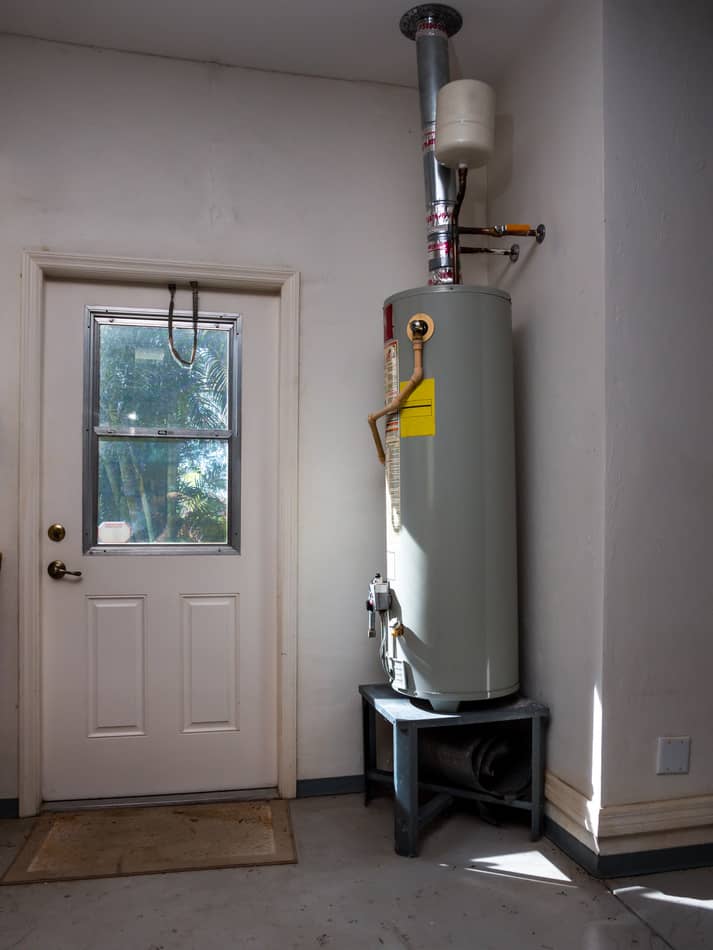Steps to Prolong the Lifespan of Your Home's Hot Water System By MaintenanceHow to Keep Your Home's Hot Water System in Good Condition
Steps to Prolong the Lifespan of Your Home's Hot Water System By MaintenanceHow to Keep Your Home's Hot Water System in Good Condition
Blog Article
Right here down the page you will discover a lot of outstanding additional info relating to What Kind of Maintenance Do Water Heaters Need?.

Hot water is important for everyday comfort, whether it's for a revitalizing shower or cleaning meals. To guarantee your warm water system runs successfully and lasts longer, routine upkeep is vital. This article offers useful ideas and insights on exactly how to preserve your home's hot water system to avoid interruptions and expensive repair work.
Intro
Keeping your home's warm water system may seem difficult, yet with a couple of basic steps, you can guarantee it operates efficiently for several years to find. This guide covers everything from recognizing your hot water system to DIY maintenance tips and recognizing when to call expert help.
Value of Preserving Your Hot Water System
Normal upkeep not only extends the lifespan of your warm water system yet additionally ensures it operates efficiently. Overlooking upkeep can cause reduced effectiveness, higher power costs, and also premature failing of the system.
Indicators Your Hot Water System Needs Upkeep
Understanding when your hot water system requires focus can stop major issues. Look out for indicators such as irregular water temperature level, strange sounds from the heater, or corroded water.
Recognizing Your Hot Water System
Before diving into upkeep jobs, it's valuable to understand the basic elements of your hot water system. Normally, this includes the water heater itself, pipes, anode poles, and temperature level controls.
Regular Monthly Maintenance Tasks
Routine regular monthly checks can aid capture minor issues before they escalate.
Purging the Hot Water Heater
Purging your water heater removes sediment accumulation, improving efficiency and extending its life.
Checking and Changing Anode Rods
Anode rods prevent deterioration inside the storage tank. Inspecting and replacing them when broken is vital.
Inspecting and Readjusting Temperature Setups
Changing the temperature setups ensures optimum performance and safety and security.
DIY Tips for Upkeep
You can do several upkeep tasks on your own to keep your warm water system in top problem.
Checking for Leakages
Routinely check pipes and connections for leakages, as these can result in water damages and higher costs.
Evaluating Stress Alleviation Valves
Testing the pressure safety valve guarantees it operates correctly and avoids extreme stress build-up.
Shielding Pipes
Protecting warm water pipelines reduces heat loss and can save power.
When to Call a Specialist
While DIY upkeep is advantageous, some concerns require expert experience.
Complex Problems Calling For Specialist Help
Instances consist of major leaks, electric troubles, or if your water heater is constantly underperforming.
Regular Professional Maintenance Perks
Specialist upkeep can include extensive examinations, tune-ups, and ensuring conformity with safety standards.
Conclusion
Routine upkeep of your home's warm water system is essential for efficiency, durability, and price savings. By following these suggestions and understanding when to look for specialist aid, you can ensure a reputable supply of warm water without unforeseen disturbances.
How to Maintain an Instant Hot Water Heater
Before tinkering with your hot water heater, make sure that it’s not powered on. You also have to turn off the main circuit breaker and shut off the main gas line to prevent accidents. Also turn off the water valves connected to your unit to prevent water from flowing into and out of the appliance. 2. When you’re done, you have to detach the purge valves’ caps. These look like the letter “T” and are situated on either side of the water valves. Doing so will release any pressure that has accumulated inside the valves while at the same time avoid hot water from shooting out and burning your skin. 3. When the purge valves’ caps are removed, you have to connect your hosing lines to the valves. Your unit should have come with three hoses but if it didn’t, you can purchase these things from any hardware or home repair shops. You can also get them from retail stores that sell water heating systems. Read the user’s manual and follow it to complete this task properly. When the hosing lines are connected, open the purge port’s valves. 4. You should never use harsh chemical cleaners or solutions when cleaning your unit. Make use of white vinegar instead. It should be undiluted and you’ll probably use about 2 gallons. 5. Now flush your water heater. This task should probably take about 40 minutes. We can’t give you specific directions for this because the procedure is carried out depending on the type, model and brand of your heater. With that being said, refer to the user’s manual. 6. When you’re done draining the unit, you have to turn off the purge port valves again. Remove the hosing lines that you earlier installed on each of the water valves. Put the valve caps (purge port) back in their respective places and be very careful so as not to damage the rubber discs that are found inside these caps. 7. Now that everything’s back in place, check your user’s manual again to find out how to reactivate your water heating system. 8. Once it is working, turn one of your hot water faucets on just to let air pass through the heater’s water supply pipes. Leave the tap on until water flows smoothly out of it. https://www.orrplumbing.com/blog/2014/september/how-to-maintain-an-instant-hot-water-heater/

We had been introduced to that article on How to Maintain a Hot Water Heater in a Few Simple Steps through an associate on a different web address. Liked our write up? Please share it. Help other people locate it. I am grateful for your time. Don't forget to come by our blog back soon.
Book Instantly Report this page